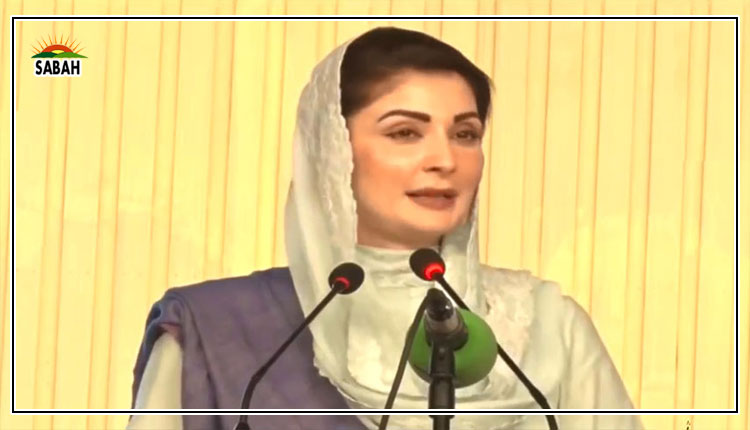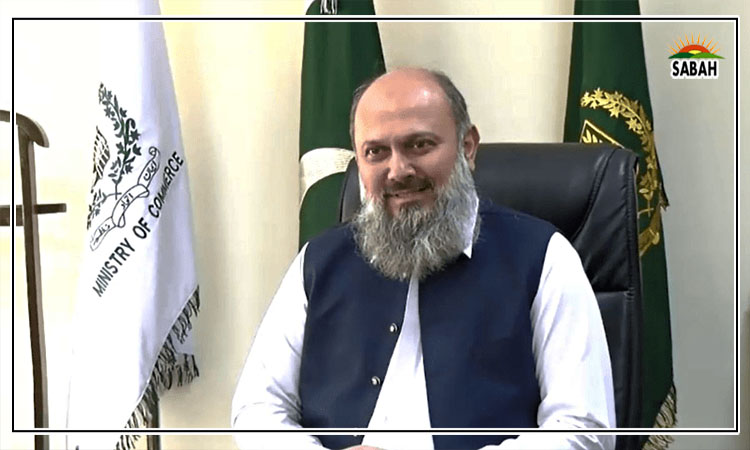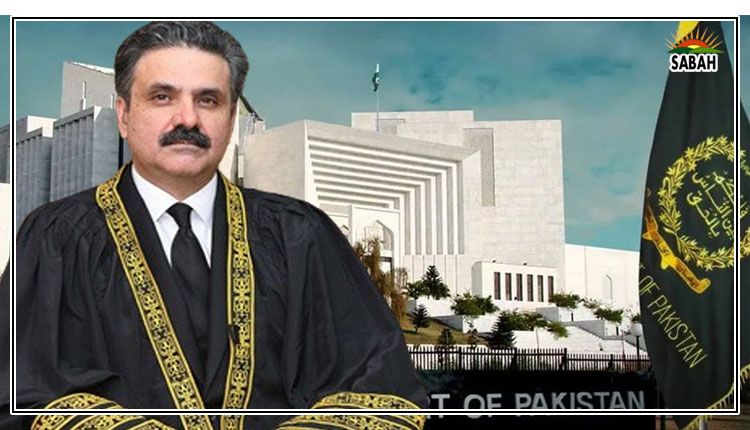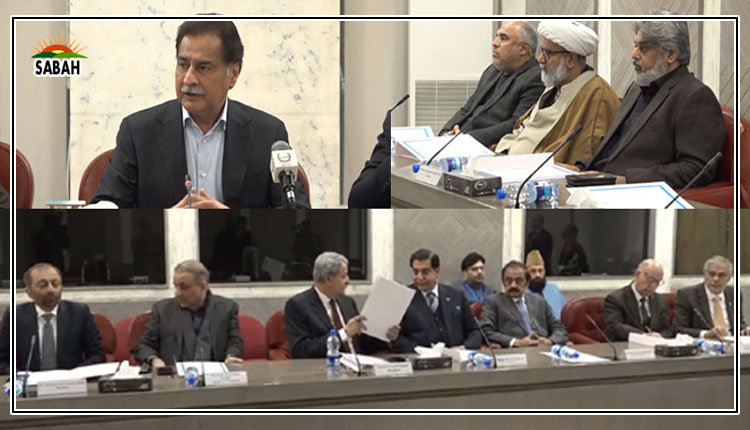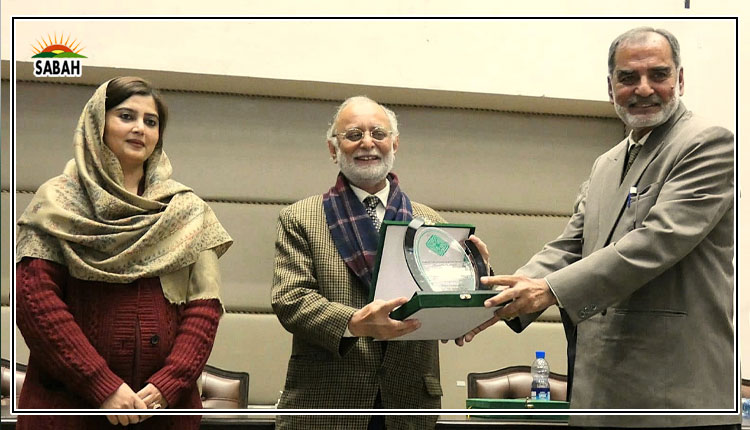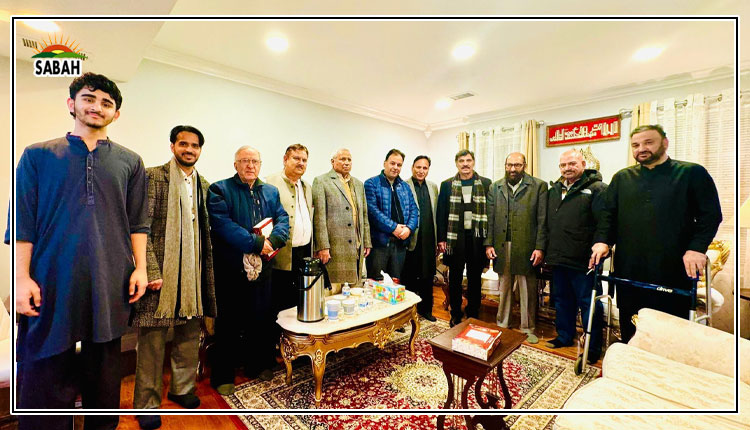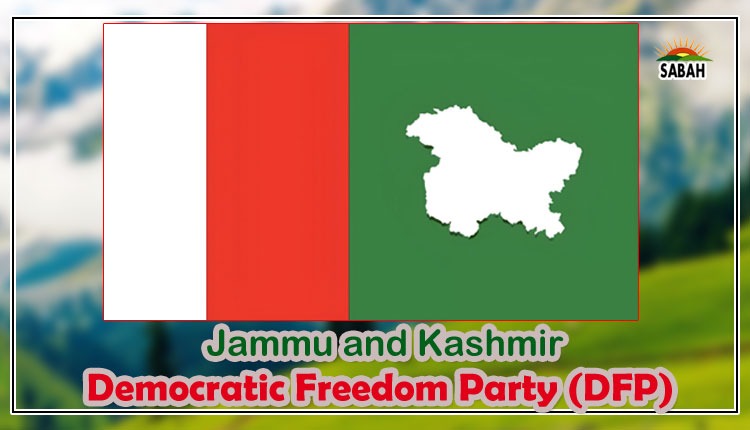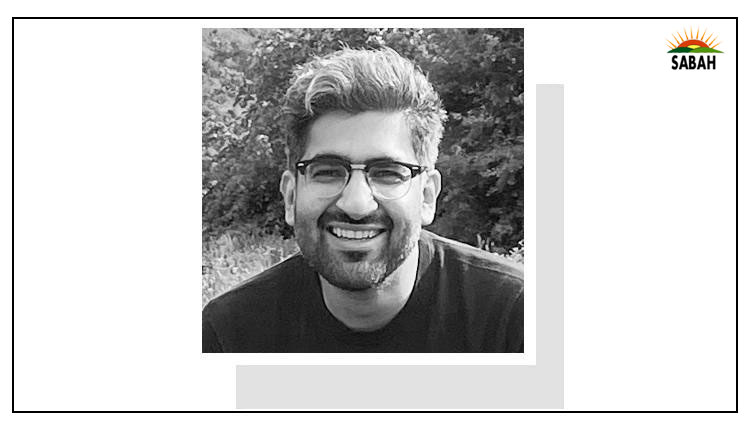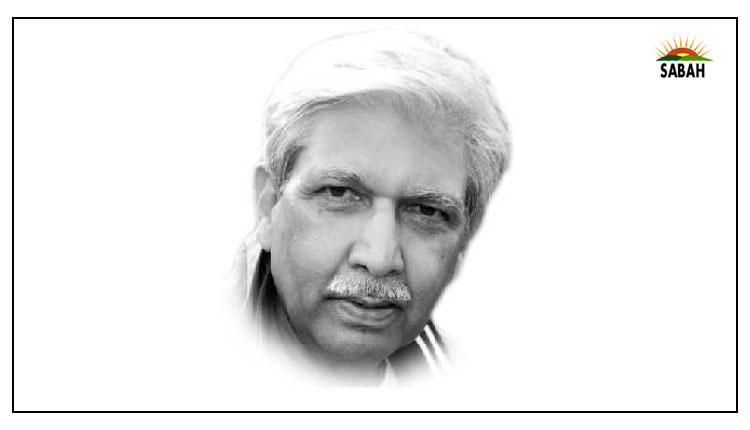Time for a revised paradigm in South Asia…Shahzad Chaudhry
Let me deal with the demons first. There are three: Kashmir stands out as the most intractable, and substantive, why most on both sides in common understanding cannot fathom beyond it without first seeking to resolve it. In fact, the Kashmir argument is the showstopper in any effort to improve relations with India, so invested is the Pakistani mindset on it. Indians flip it to their purpose by invoking terror forcing Pakistan to explain their position. This dialectic has for decades hindered a saner review and progress from the no-peace, no-war state in how the two South Asian neighbours barely coexist. Unimaginable but true, in a twenty-first century world where connectivity, mutually beneficial cohabitation and interdependence are the sustaining features of modern economies. Not for South Asia which remains the least connected region of the world where its eight members trade between them just two percent of their collective global trade.
India thinks it has resolved Kashmir already by amending and rescinding clauses in its Constitution which had preserved its special status. Pakistan rejects such unilateral legislative assault on an issue which is inherently bilateral and alive on the list of UN recognised disputes to which both nations are signatories. A plethora of resolutions on Kashmir have been successfully thwarted by India in defiance of what is universally recognised as a global flash point. Its gravity and impact have lost steam against Indian recalcitrance and the failure of either side to create conditions conducive to its resolution.
In 2019 India changed the character of the issue in what may be understood as a strategic surprise even if Pakistan finds refuge in Kashmirs disputed status. In a strategic sense Pakistan seems to be at a loss to find a suitable response. Pakistans strategic options too look constrained in the face of quiet connivance of the world which has chosen to look the other way. To India it is a done deal; to Pakistan it is still a challenge grappling with the paradigmatical shift. In practical terms Pakistan is restricted to pursue what are strictly political and diplomatic choices. If in due course the status quo prevails the paradigm may have undergone an irreversible change. Is there space then to rethink the issue in greatly more practical terms providing an imaginative closure to a problem that has beguiled us into a listless stasis? It may just open the strategic space a bit, so essential for the entire region to turn the corner.
Second is the character of the Modi regime which mars any chance of betterment. Now a fully established autocrat who has a dominating hold over most levers of the state and society, Modi uses these to great effect to serve his political purpose. Domestically it translates into a heinous agenda of ethnic cleansing those not from the Hindu faith which makes for some twenty percent of the 1.4 billion population. That is also how he frames the Pakistani bogey which he uses with abandon as a political ploy to win elections. Before every election he will enact a skirmish on the LOC and use it as narrative of imagined success. Another election looms in 2024 with Modi seeking his third consecutive term while the region watches in anguish on what shape the act will take. It will surely push back any chance of fresh thinking on South Asia to break the stasis and the logjam and move to a mutually beneficial coexistence. Can he rise above himself and his exaggerated sense of personal and national aggrandisement? This alone will decide if the two can indeed Tango.
Why he doesnt is equally instructive. It is after decades that India has a tail up on Pakistan with the latter roiling in its stew of political instability and economic turmoil. Years of misgovernance has regressed Pakistan to the point of a failing economy and a desolate society. With these indices Modi and India think it is imprudent to offer a helping hand to an old nemesis. Trade between the two neighbours can exponentially improve the lot of millions on both sides of the border but Modi rather see Pakistan biting dust. In and of itself it can have serious consequences for India and the region. How may Pakistan react to such gamesmanship remains untested rending a tenuous region even more precarious. For the moment though both Modi and India relish Pakistans misfortune. Per Modi, Let Pakistan rot in its own stew. Unfortunate but true. Better times for South Asia will wait for a statesman to arrive in its midst.
Third: equally obstinate are those in the government service of both nations who have raked fear and whipped rhetoric in the service of their mission which has centred on trading anger, hate and racial exclusiveness. Both use foundational issues such as Kashmir to their cause forever warping the need to resolve it on even terms. The currency of hate entrenches when Indians abhor Pakistanis because they are Muslims and Pakistanis dislike India because she has appropriated Kashmir in a sly occupation. Diplomats and soldiers have fed on this narration and built on their respective stocks. More productively used they have the wherewithal to forge unique solutions, but inertia and the perceived sanctity of their own historical experience stays such inclination.
These three demons, till they are exorcised through widespread knowledge, debate and mature interaction will keep holding back the future of the two people. This is when the larger stability in the region is at stake and major powers are vying for influence either through direct engagement or seeking proxies to further their agenda. The around two billion souls that inhabit the larger SAARC region remain hostage to the classic gameplay of the two nuclear powers, India and Pakistan. They are willing to submit to regional arrangements like SCO and ASEAN but will neither resurrect SAARC nor develop a thriving economic region within South Asia. Poverty thus continues to be rampant on either side. Africa, the pervasive laggard, will soon leave behind South Asia as its people progress to a better future.
As older order begins to give way South Asia continues to be held back by a lackluster and bankrupt leadership. It will though easily fall prey to tagging another major power hoping for increased influence and heft by proxy. It will always be shortchanged as Pakistans own experience so aptly demonstrates. South Asia deserves better but under the pervasive shadow of the demons that haunt its innate promise it largely remains unrealised. Pakistan has a lot to do to leverage its potential and improve its socioeconomic fundamentals while India must rise above its arrogance and imagined superiority to forge the complementarity the two can bring to the table to a more fulfilling future. Modi in his third term will need a new script.
Courtesy The Express Tribune



